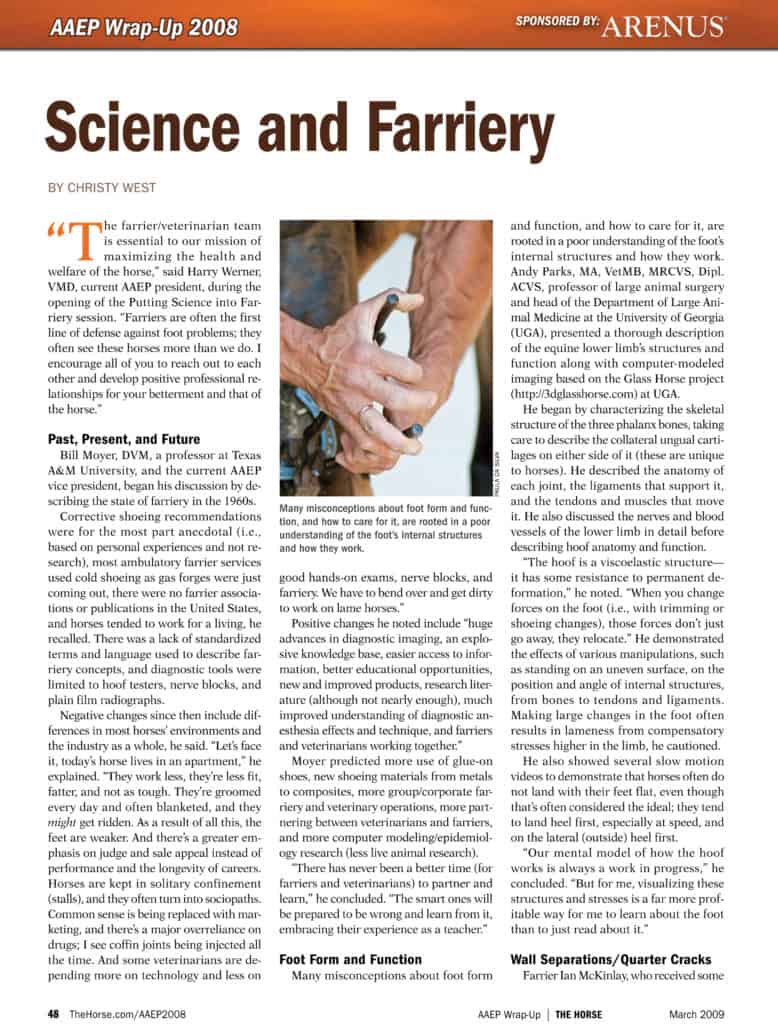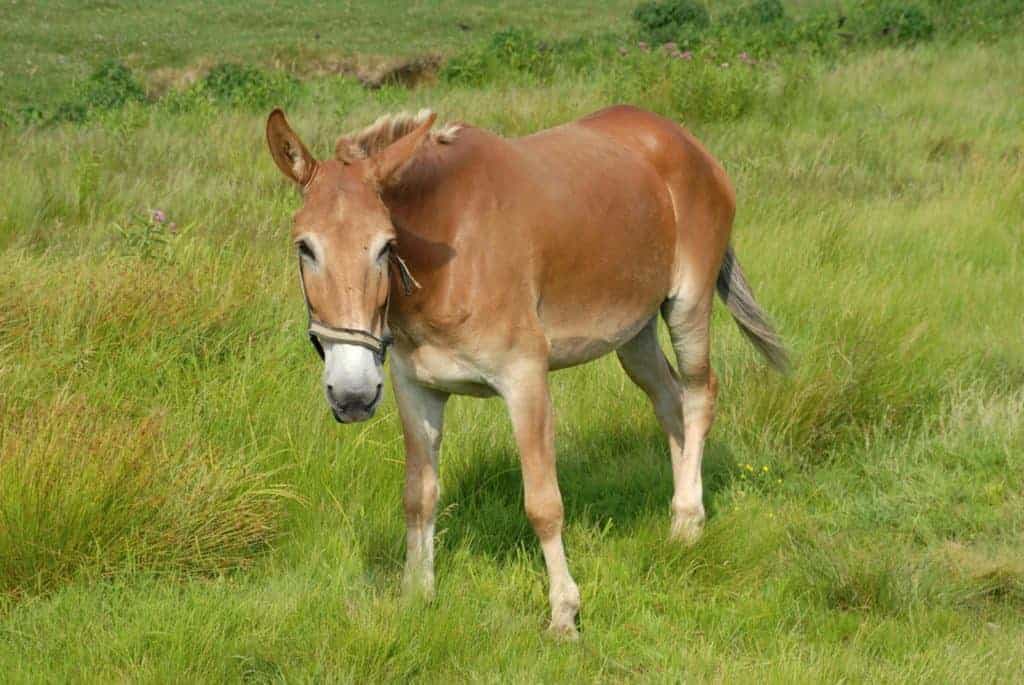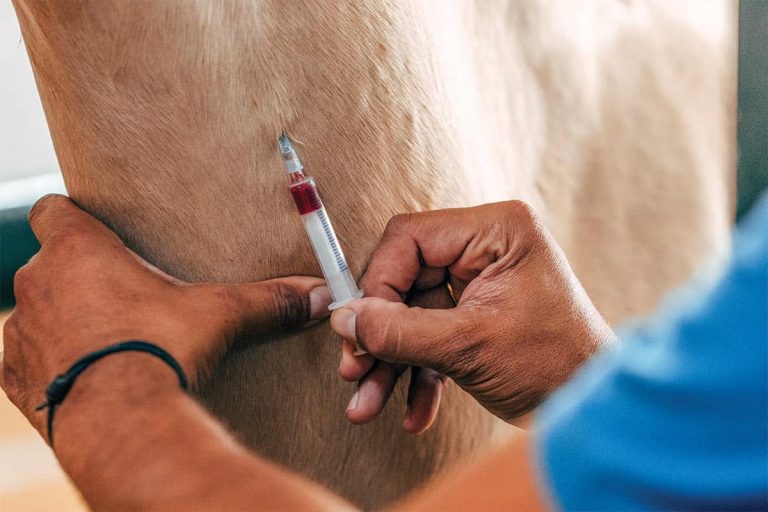
Science and Farriery
Equine authorities began the Putting Science into Farriery session at the 2008 AAEP Convention with a discussion of the farrier/veterinarian relationship. Also addressed were the history of farriery for horses as well as topics such as foot form and function, wall separations and quarter cracks in the hoof, trimming and shoeing, hoof repair composites and adhesives, and breakover techniques.






















